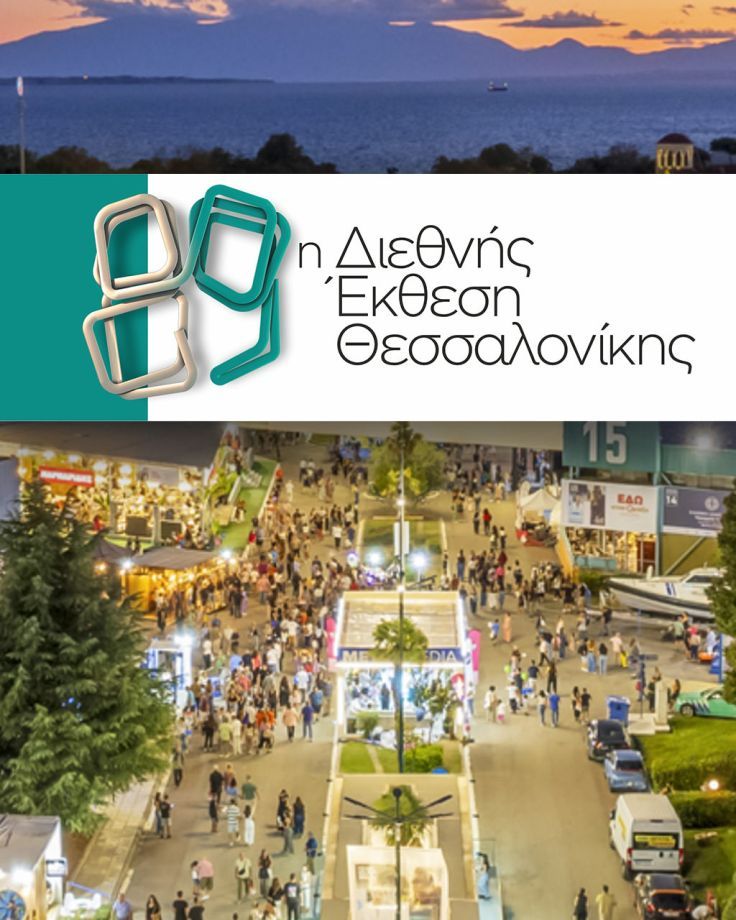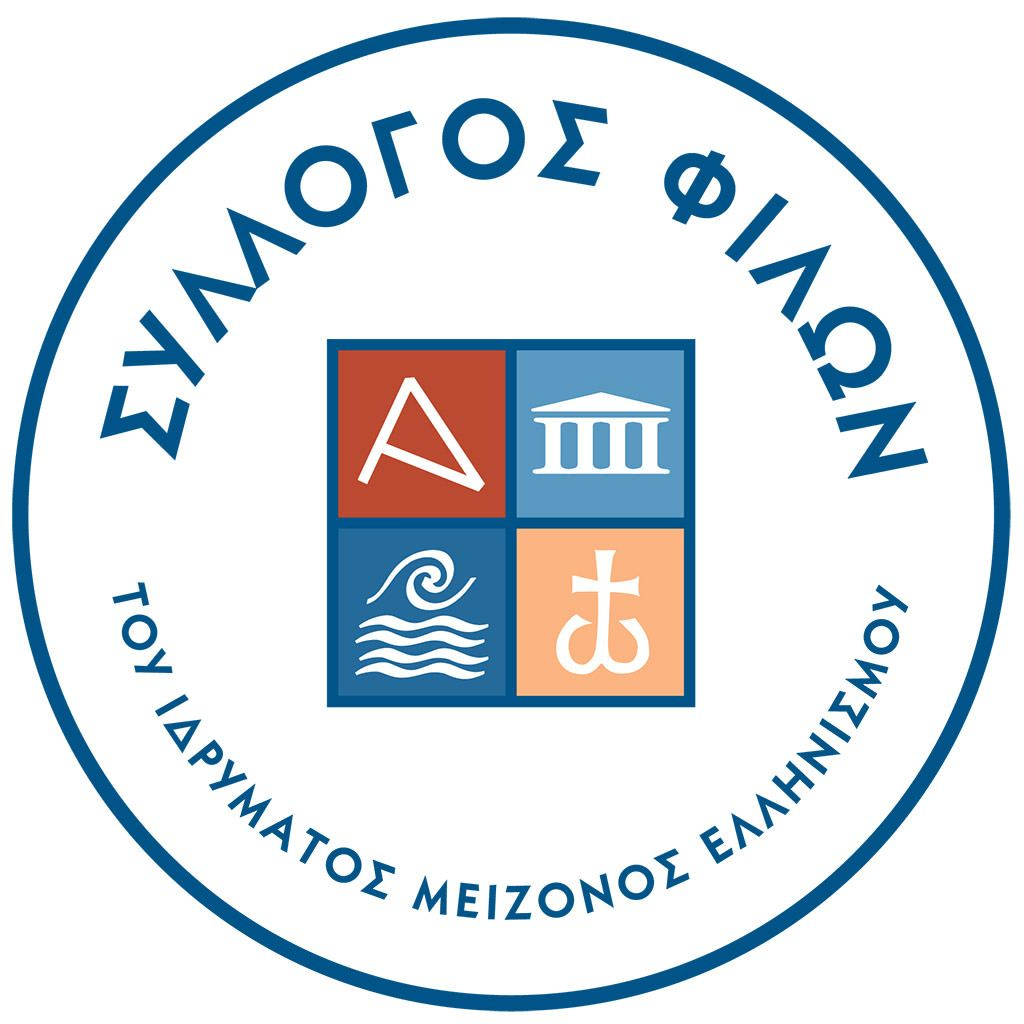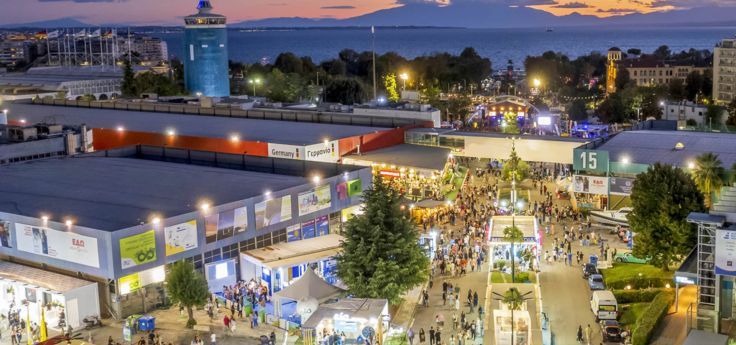The city of Priene in Asia Minor, the most extensively excavated Hellenistic city in Asia Minor and an excellent example of Hellenistic architecture, comes to life in the IME production "Tour of Ancient Priene". With the creation of a structured environment that is clear and balanced, the city expressed the mature philosophical and political thought of the classical era. Public buildings, private residences, and temples are the stops on this tour of the Anatolian city.
The city presented was built in 370 BC. However, references to it in sources up to 330 BC are minimal, making it almost impossible to draw reliable conclusions about the city's earlier history. We know that it belonged to the Ionian Dodecapolis and participated in the Ionian Revolt, and that one of the Seven Sages of Antiquity, Bias of Priene, came from there.
In the mature Byzantine period, the city declined and ceased to be inhabited, though it never suffered complete destruction or was rebuilt from scratch. Thus, Priene remains an unusually complete historical snapshot, as the basic urban layout, public buildings, and city walls all belong to a single phase of prosperity, the 2nd century BC. The city was laid out based on the Hippodamian system, which Aristotle considered to represent the ideal city.
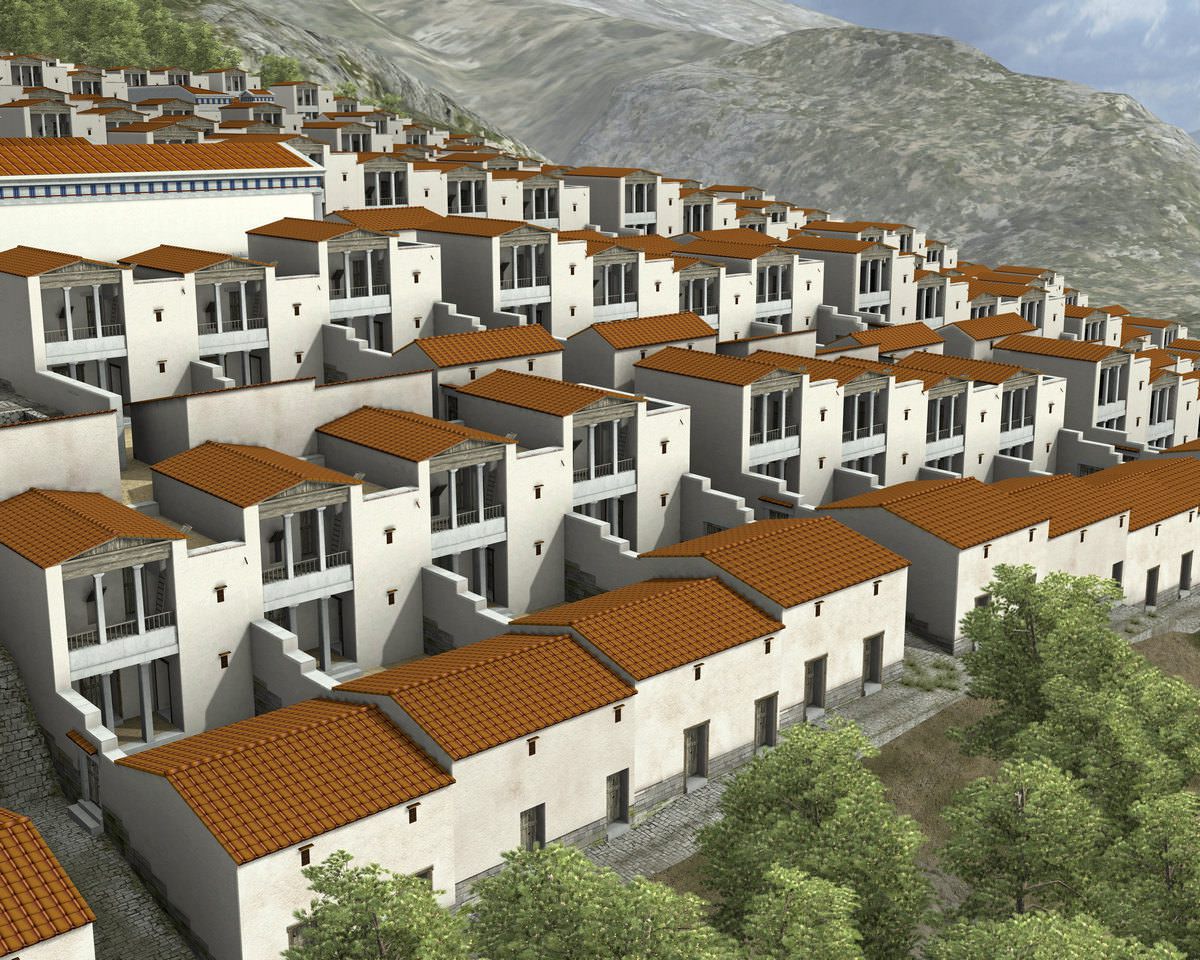
In Roman times, the city came under Roman influence and from 129 BC was incorporated into the newly established Roman province of Asia. In the following centuries, the city shrank. The Temple of Athena and the gymnasia were abandoned. Their materials were used to construct a basilica built in the center of the city, as well as residences on the site of the old gymnasium.
From the mid-10th century, Priene experienced a period of resurgence. Between the 11th and 13th centuries, the city was known as "Samson" and was a center of major imperial visits to the Maeander Valley. In the second half of the 13th century, it came under Turkish control. In 1673, English merchants from Smyrna rediscovered Priene, and a century later, archaeological excavations began.
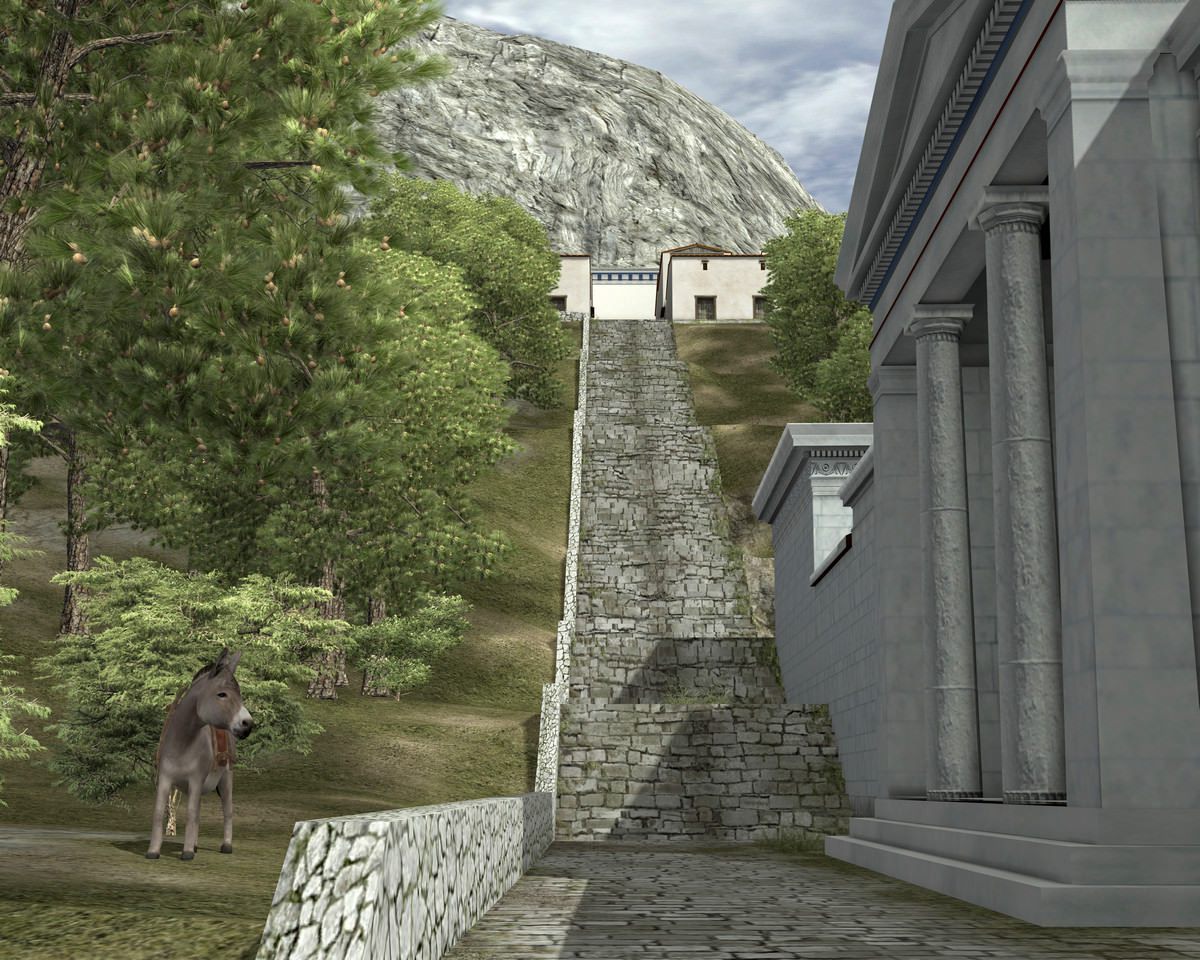
The interactive tour of Priene in the second half of the 2nd century BC, during the city's peak, offers a panoramic view of a complete and homogeneous settlement: The city's Bouleuterion is one of the most famous examples of this particular building type, while the Temple of Athena Polias is considered a key monument in the development and standardization of Anatolian architecture. The temple, designed by Pytheos, was even considered equivalent to the Parthenon three hundred years later.
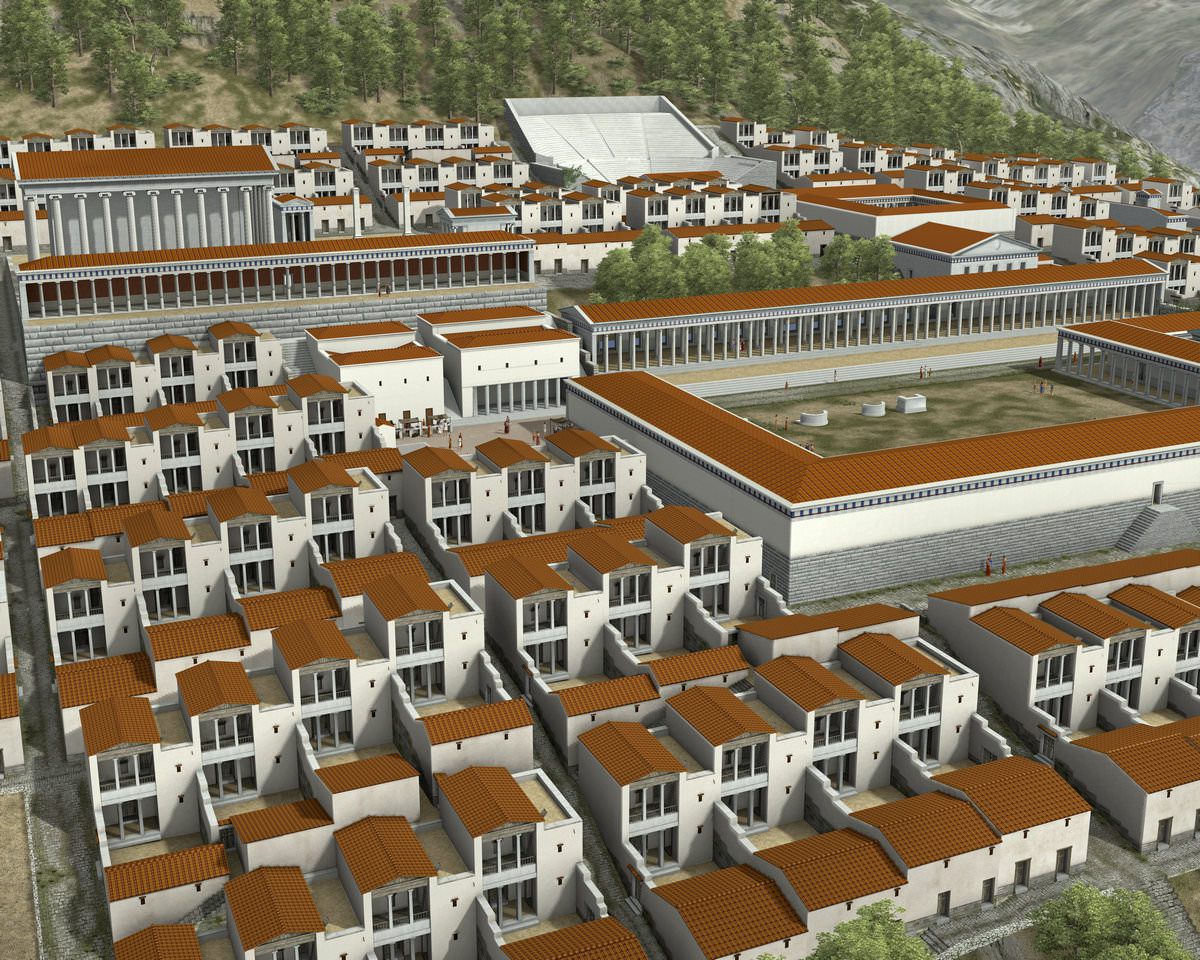
The city was built according to the Hippodamian system, following a strict geometric layout. Being one of the most sloping cities of antiquity, extensive artificial terraces with embankments and strong retaining walls were constructed for public buildings, temples, and complexes. The public buildings were characterized by particular care in their construction, while the residences were organized in city blocks, each consisting of eight houses of the same size - in two rows of four - with necessary adjustments depending on their position in the city block.
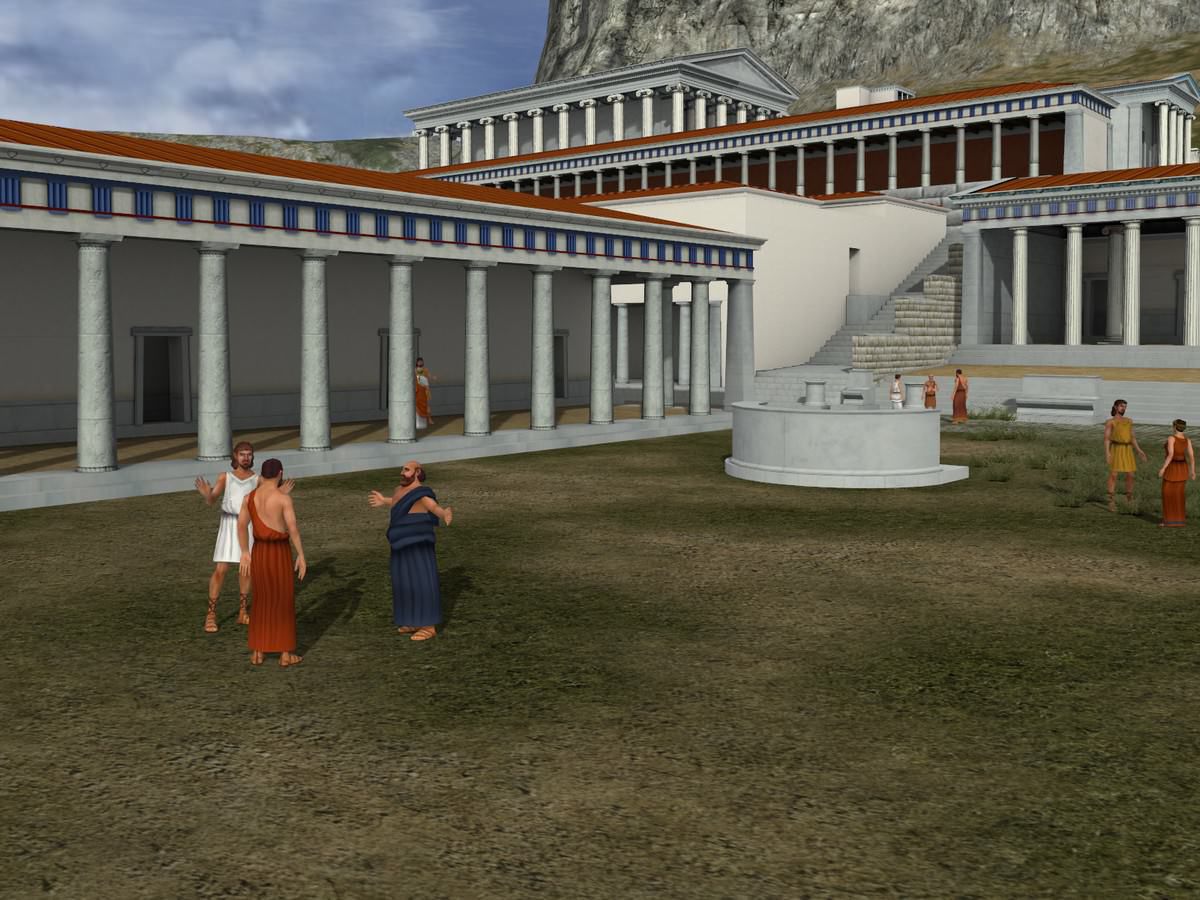
During our tour, we will have the opportunity to explore, in addition to the residences, the Agora with its Stoas, the Bouleuterion, the Prytaneion, the sanctuary of Athena Polias with its temple and altar, the sanctuary of Zeus, and other sanctuaries. The Theater and the Gymnasia will conclude our visit to this small but fascinating Anatolian city.








